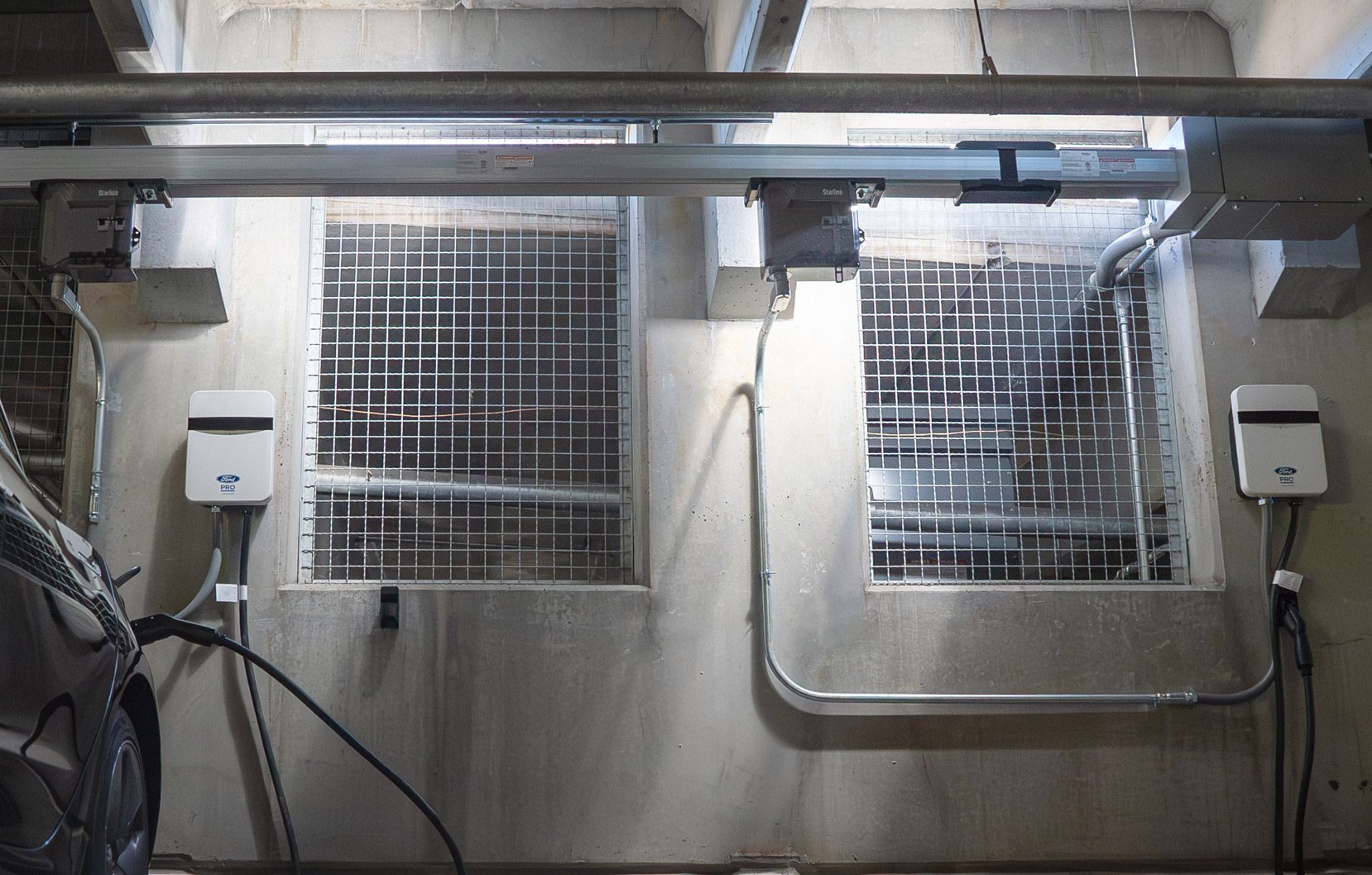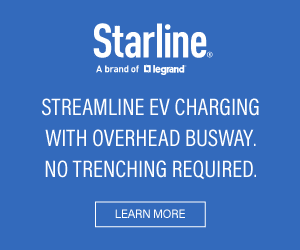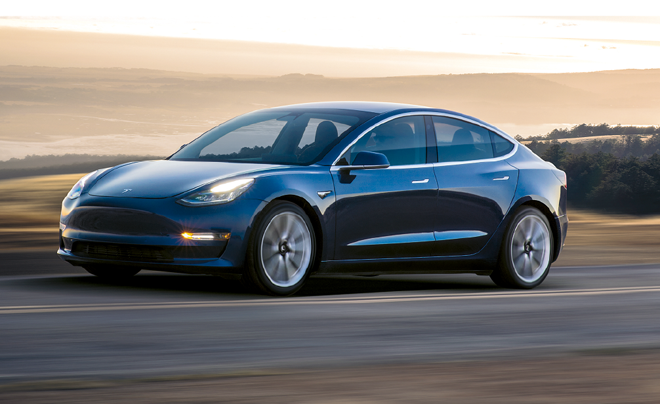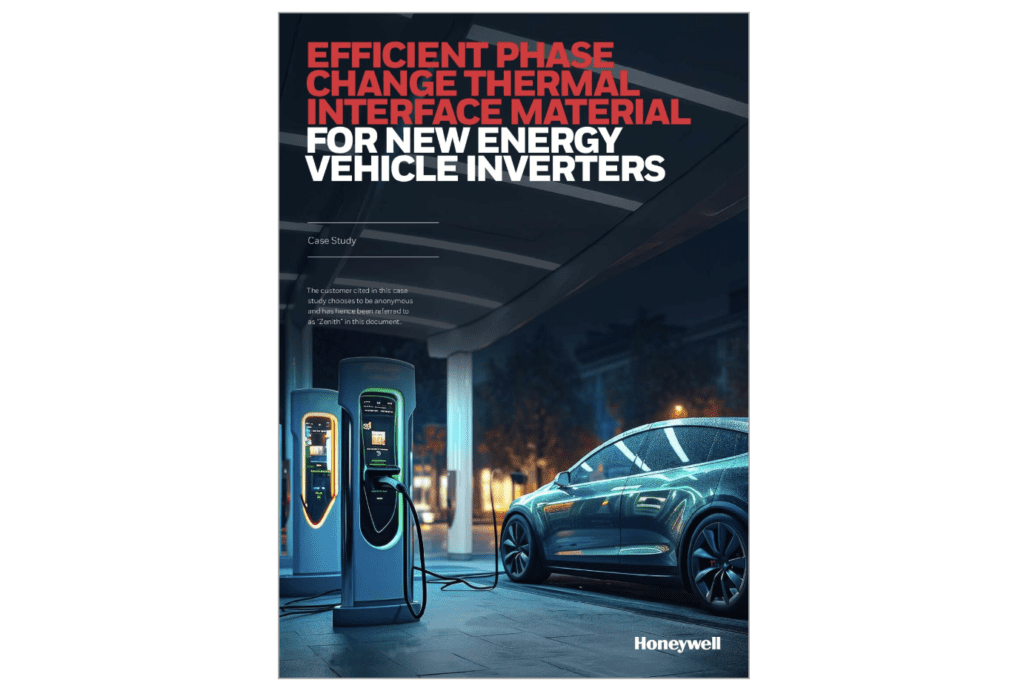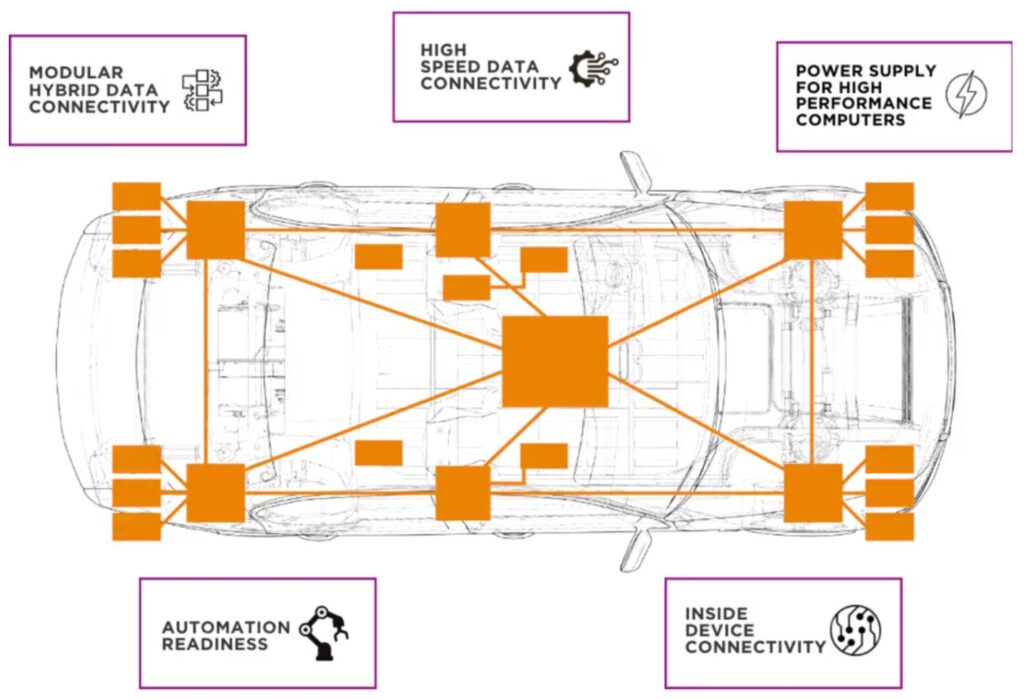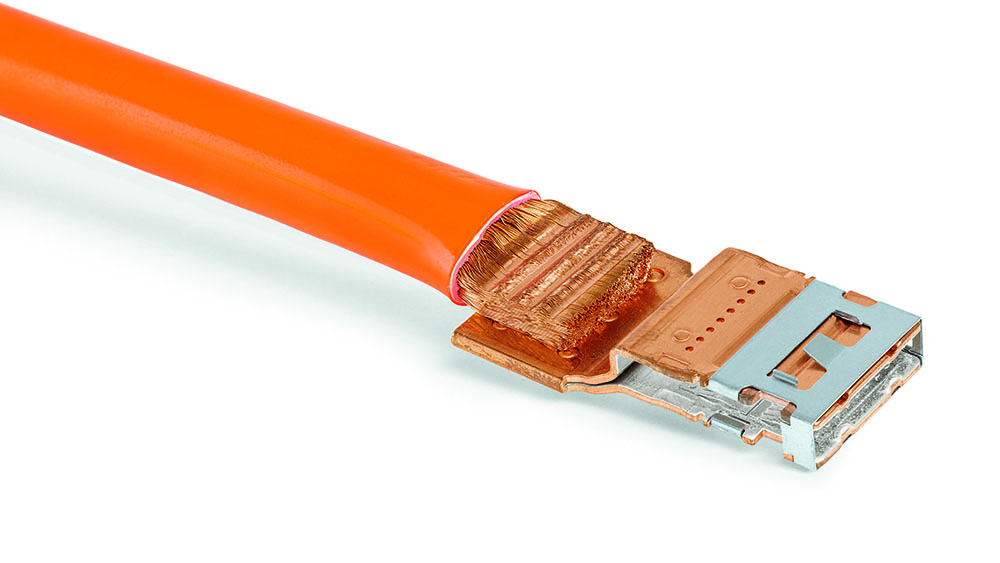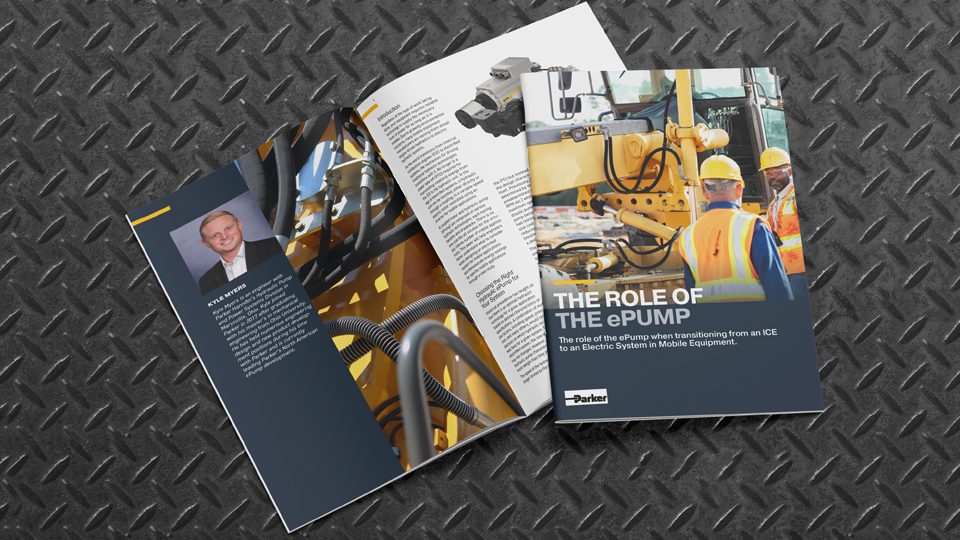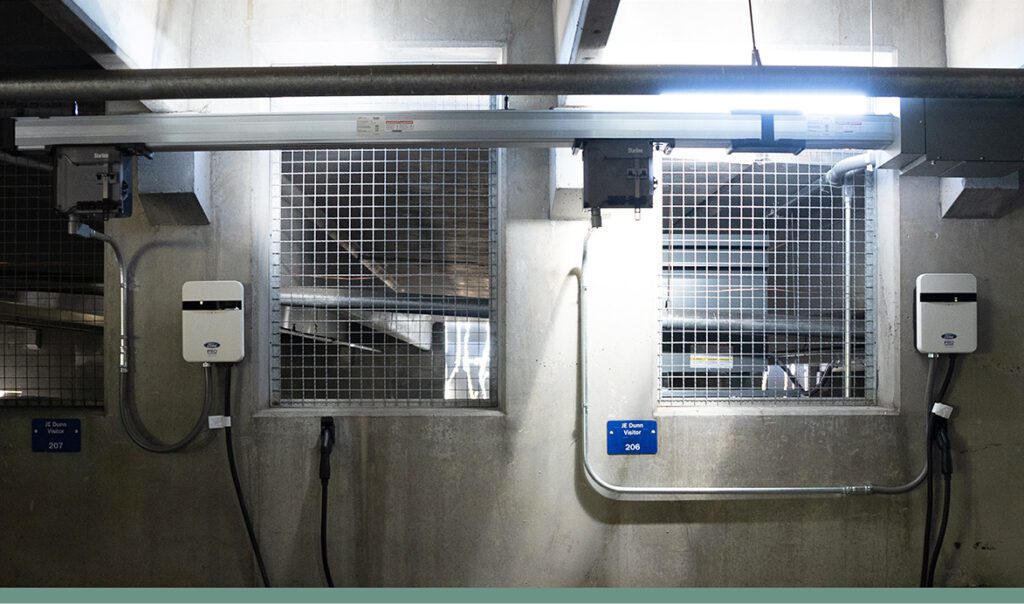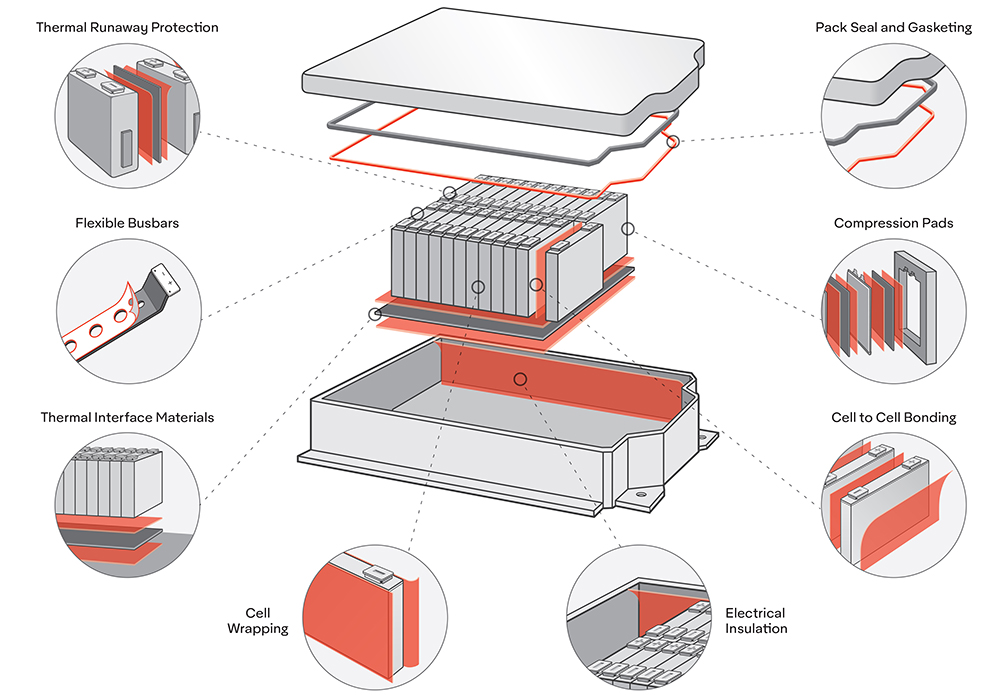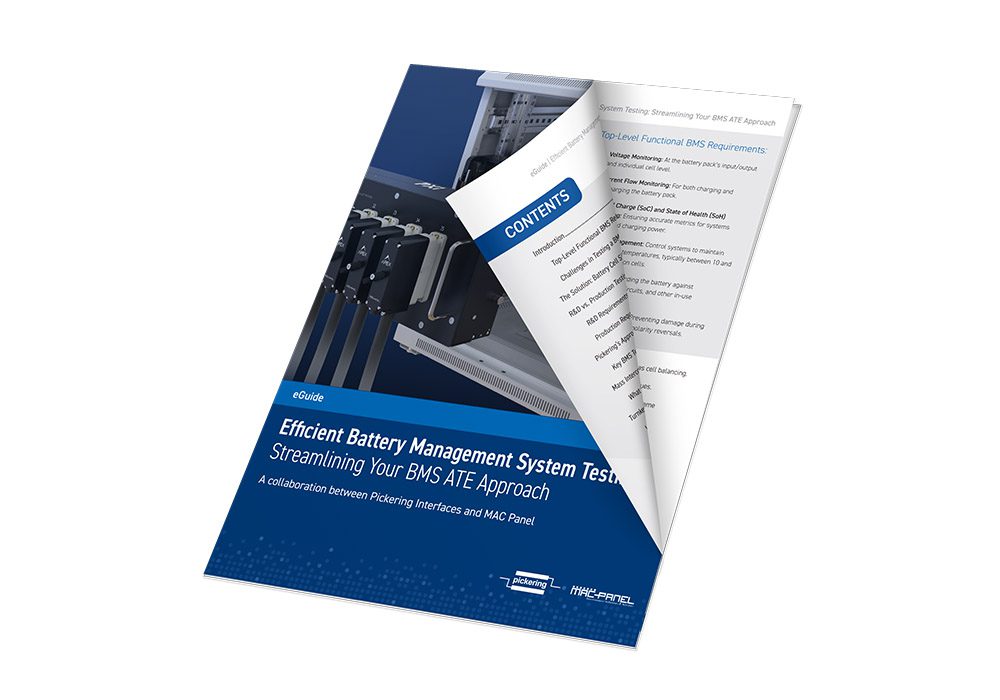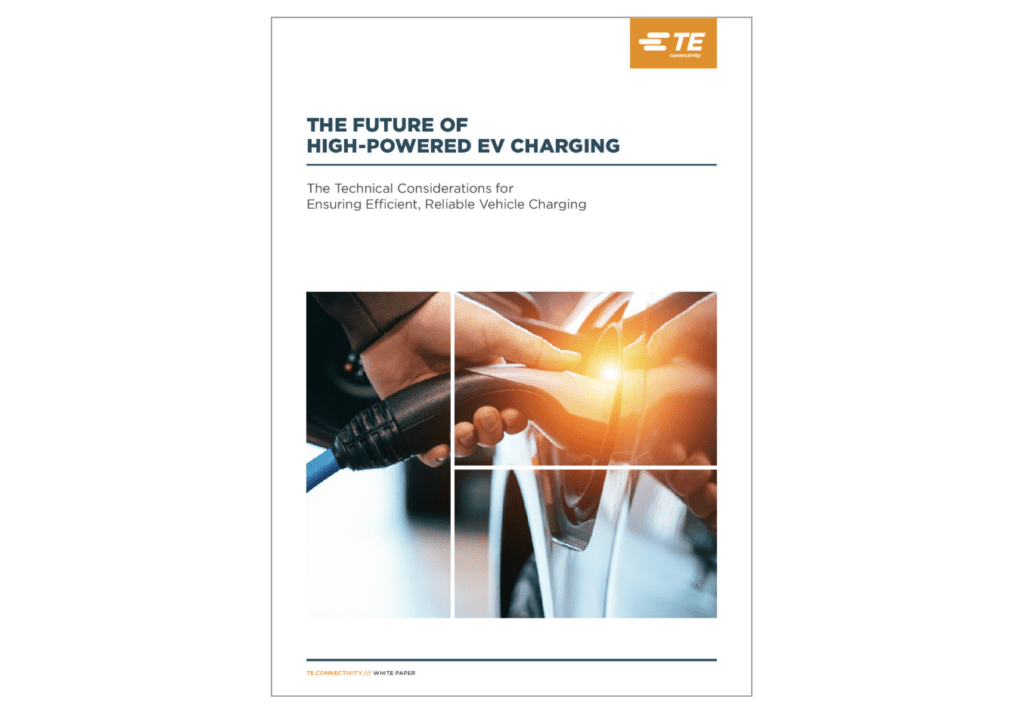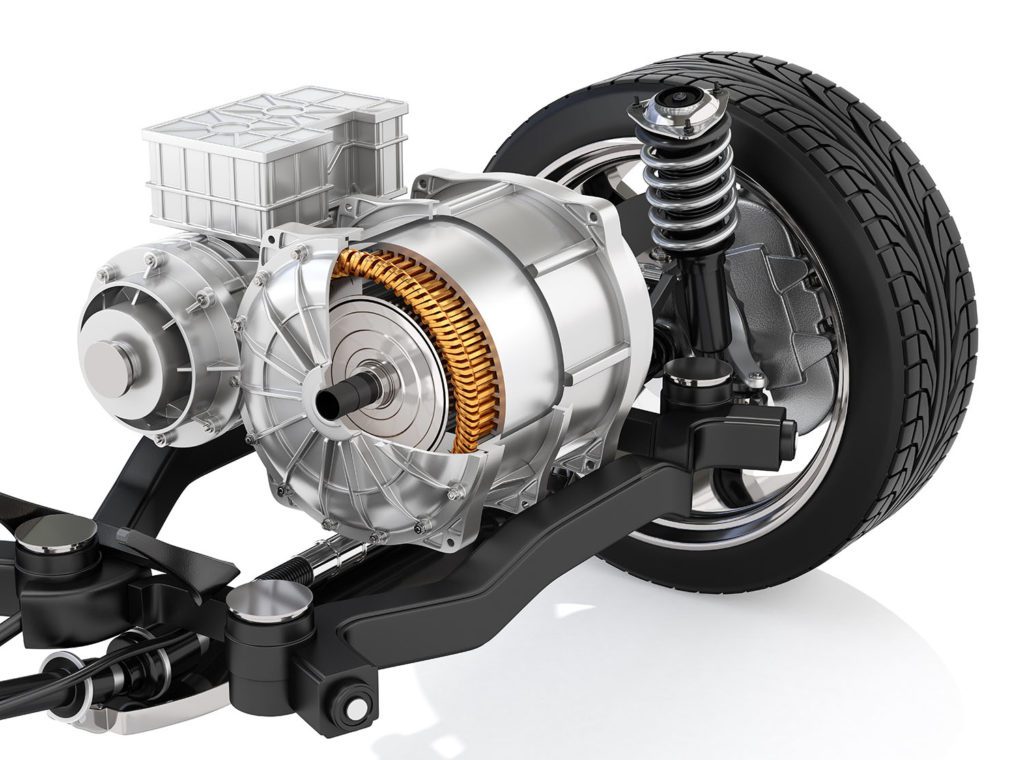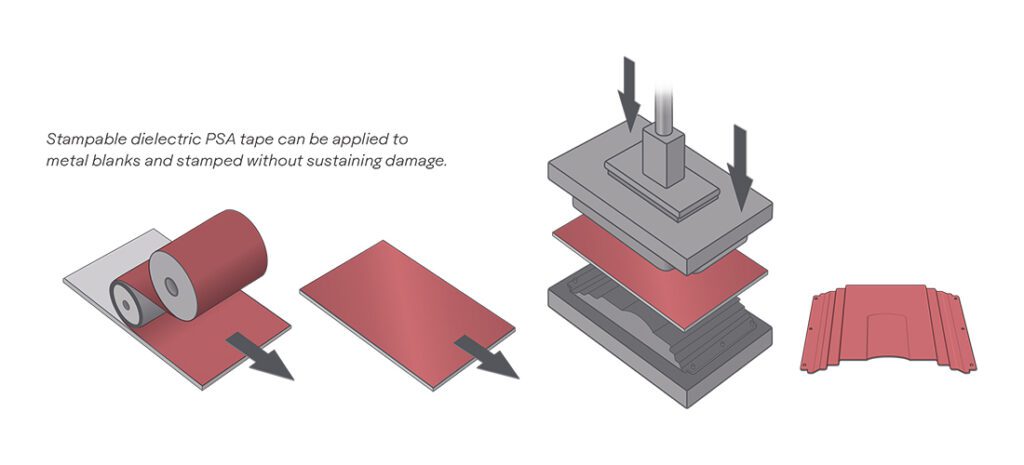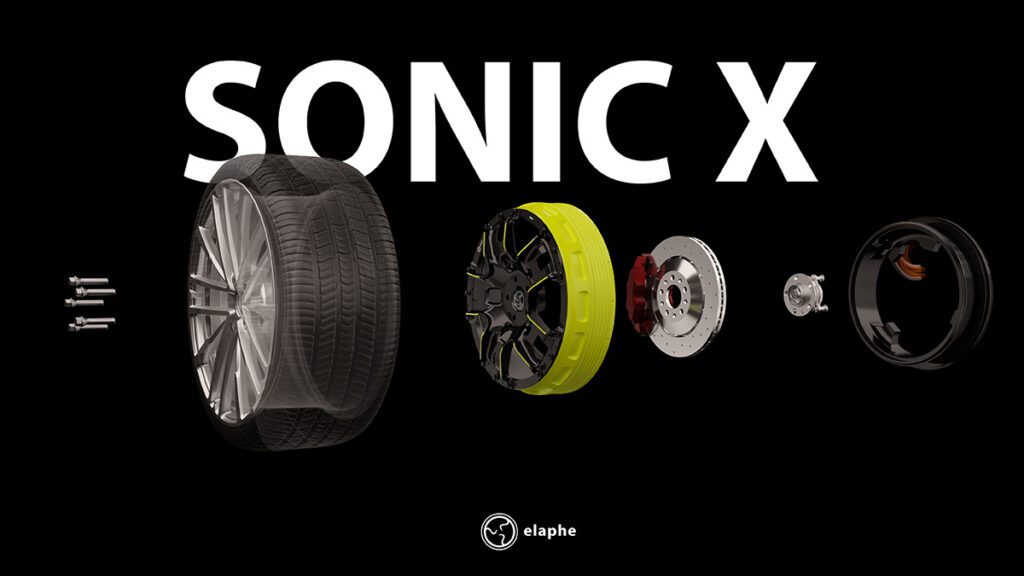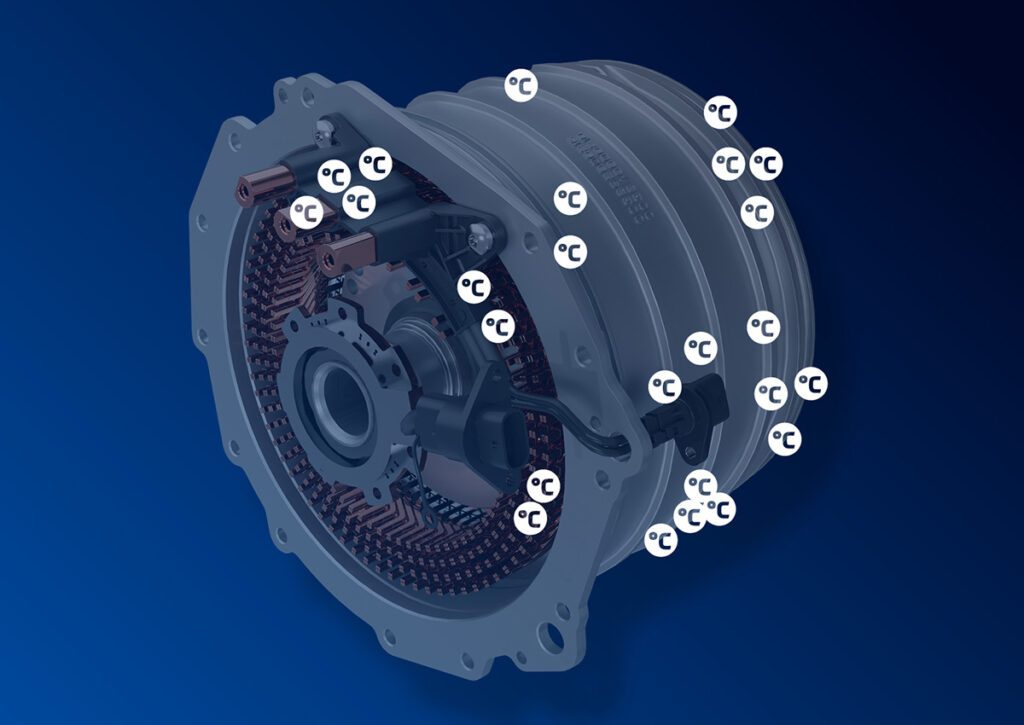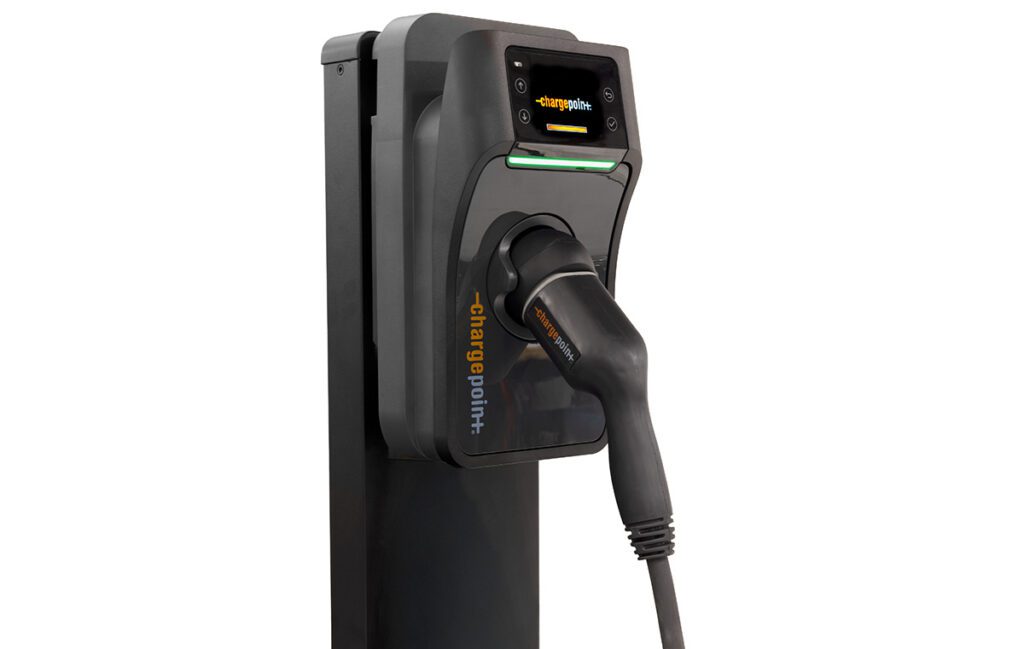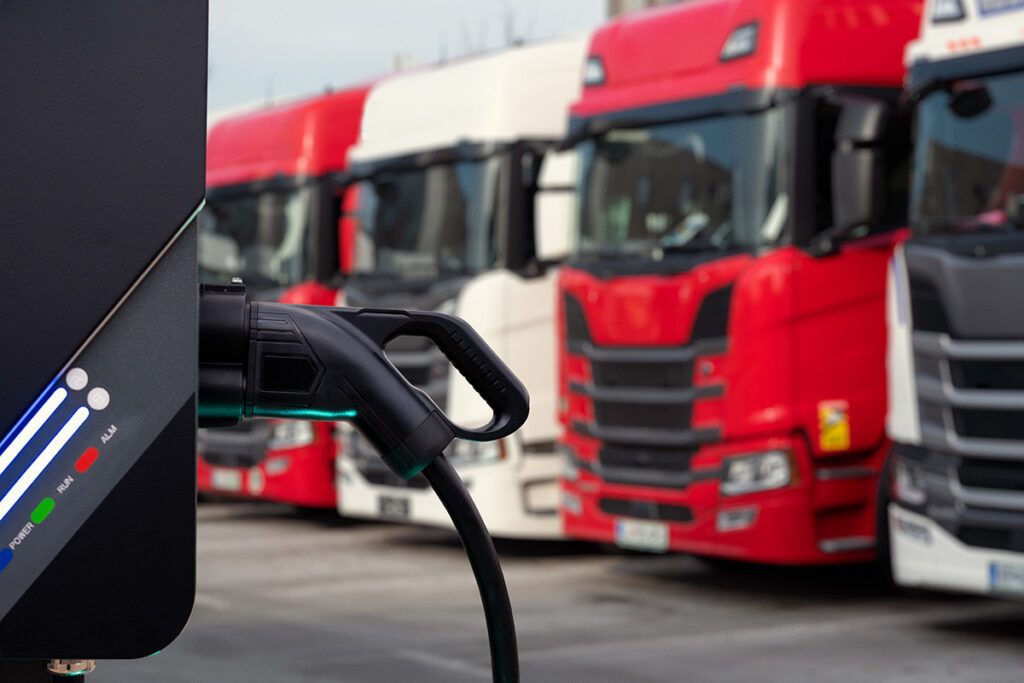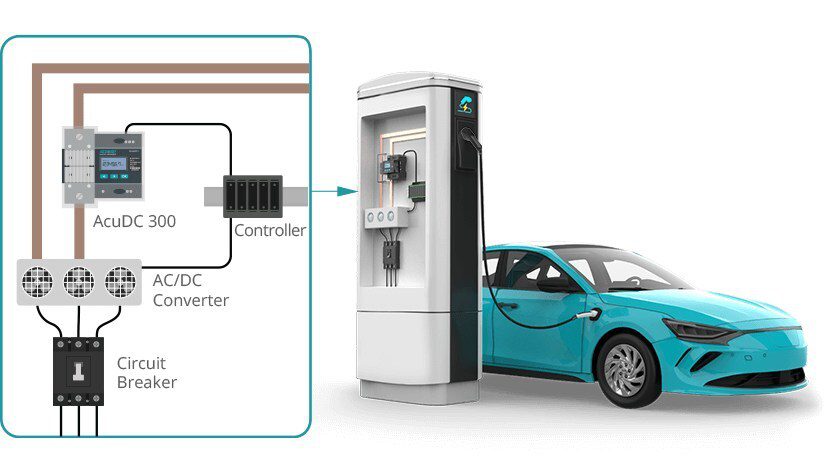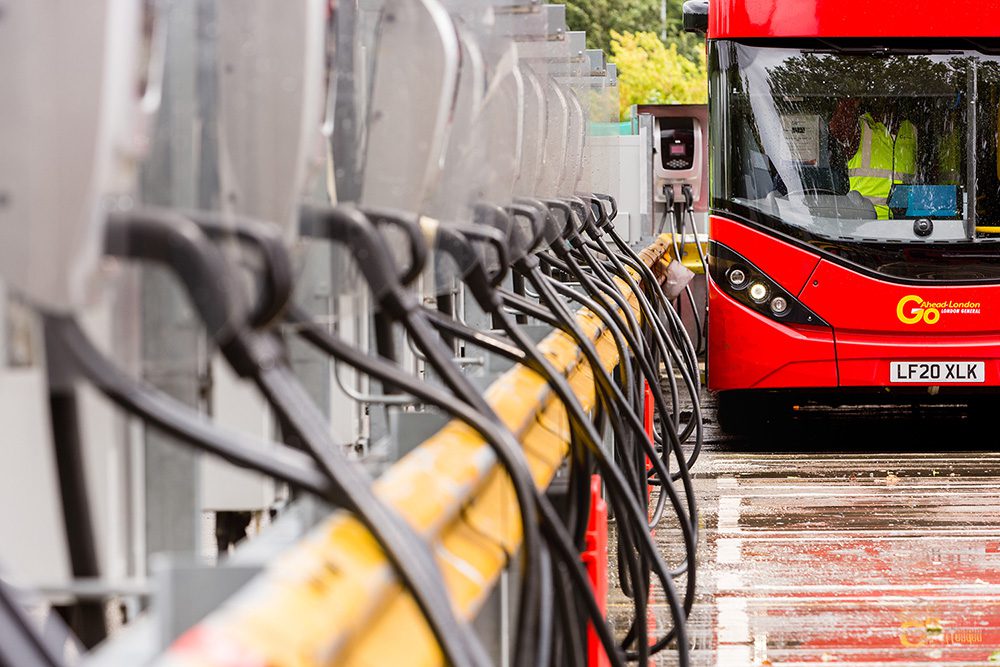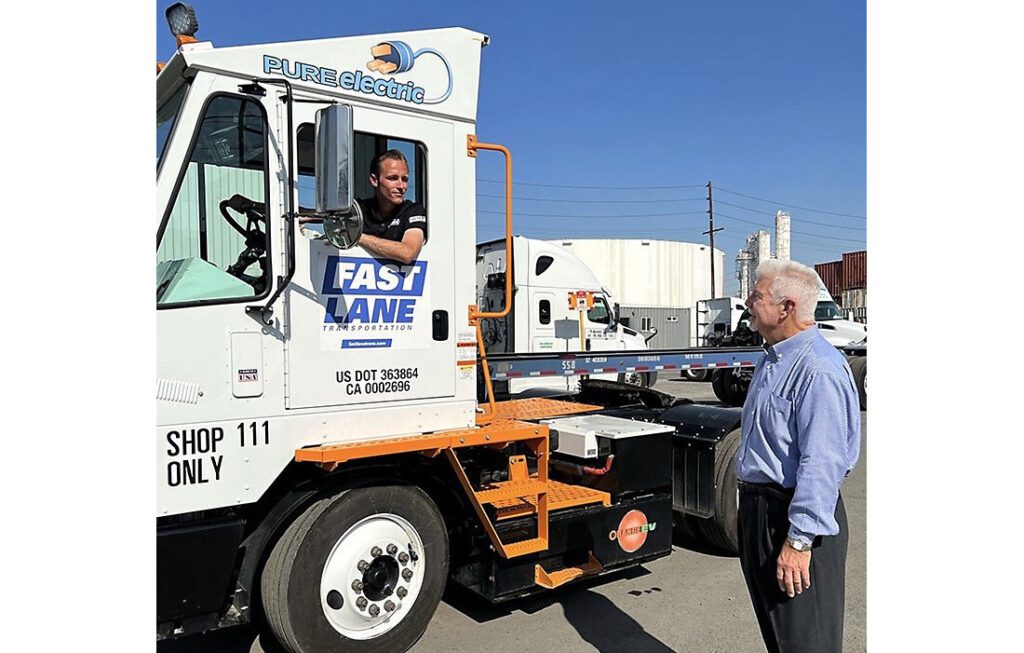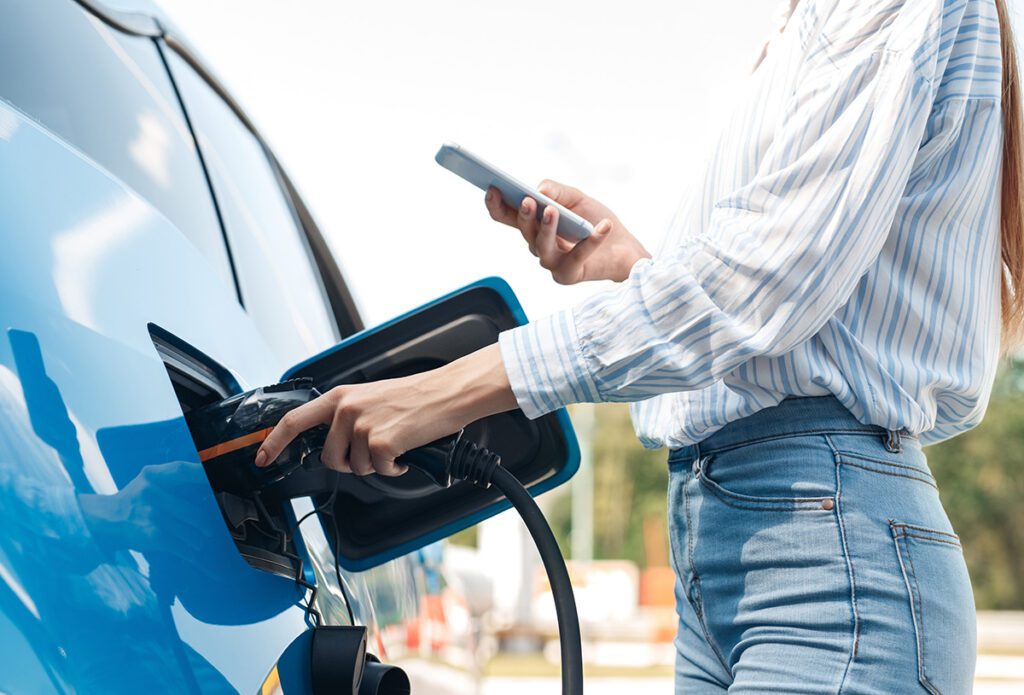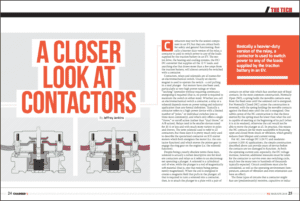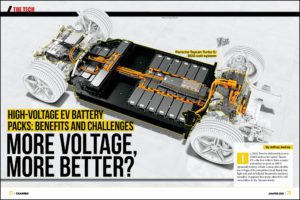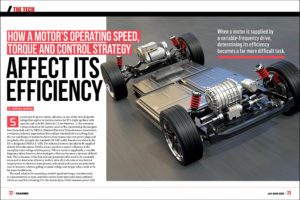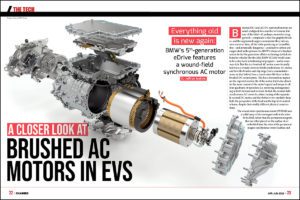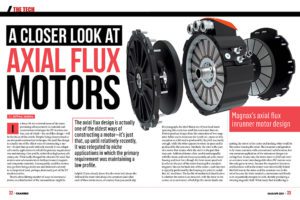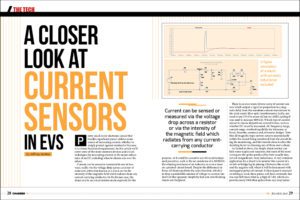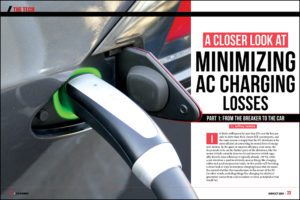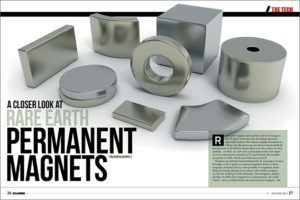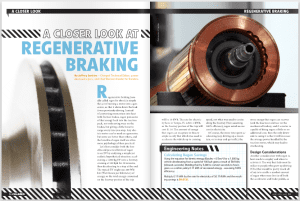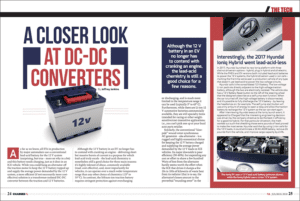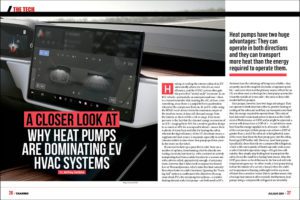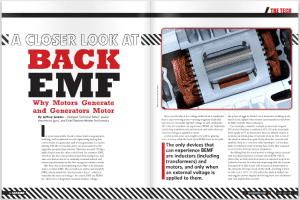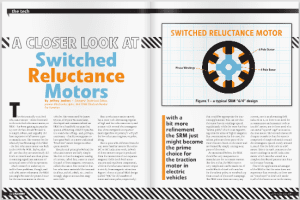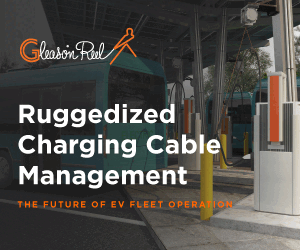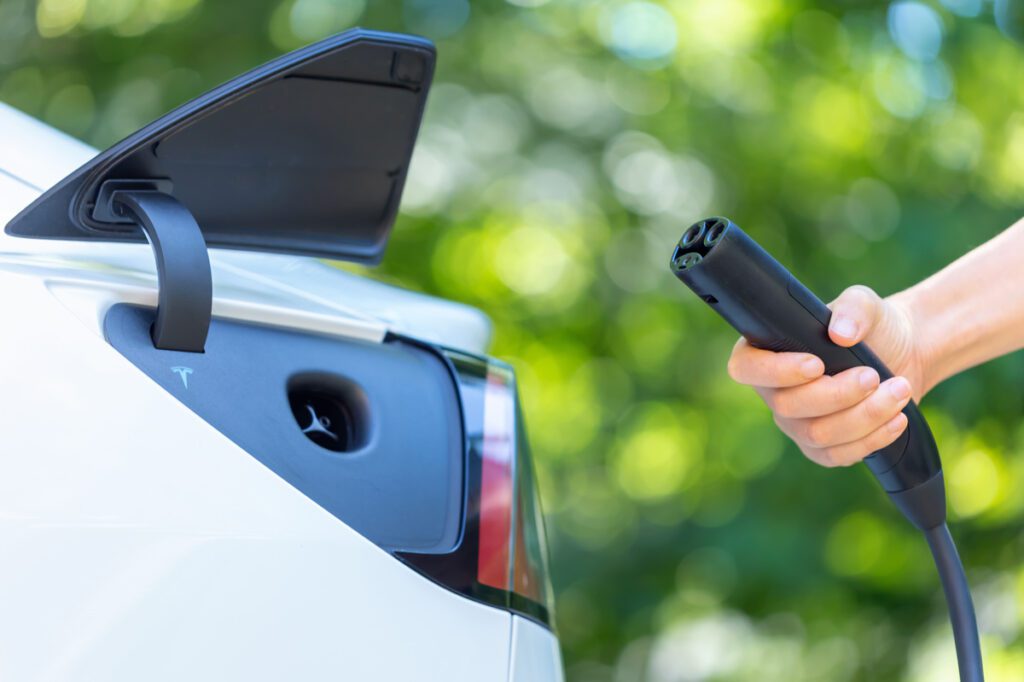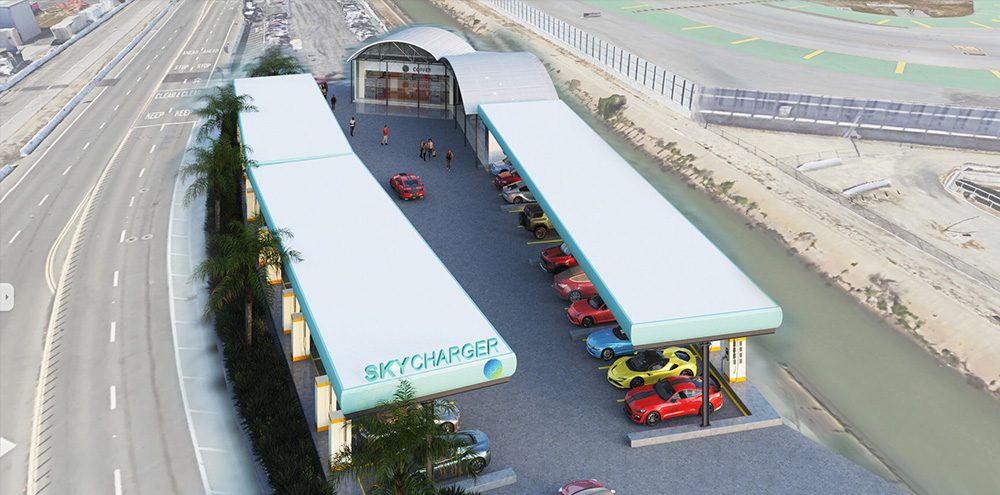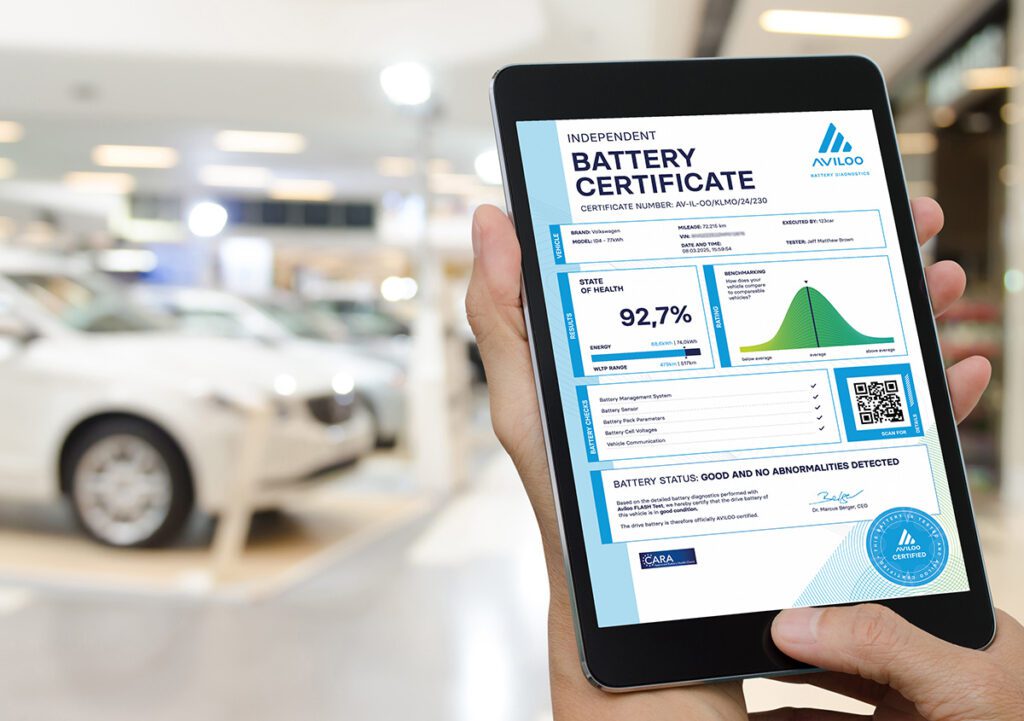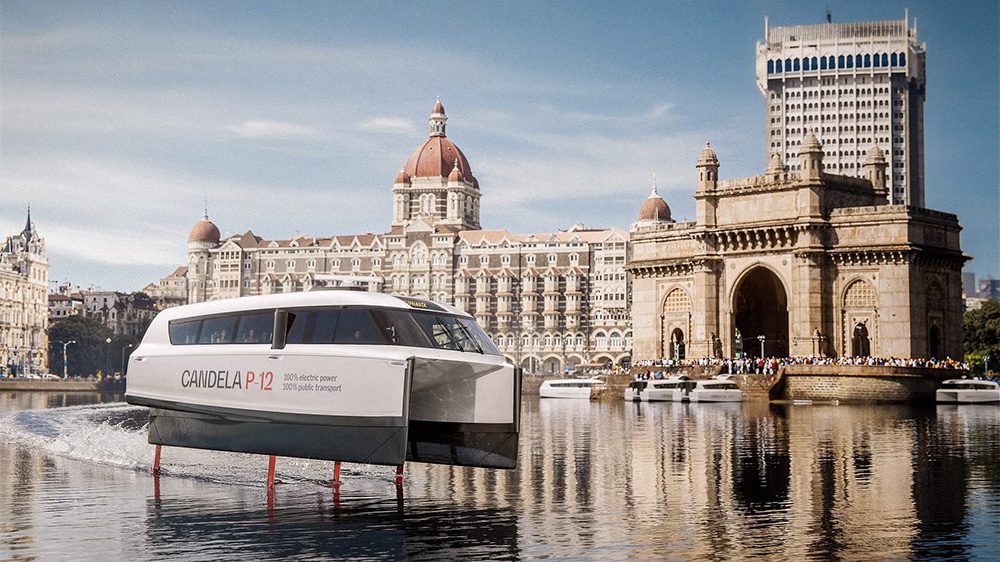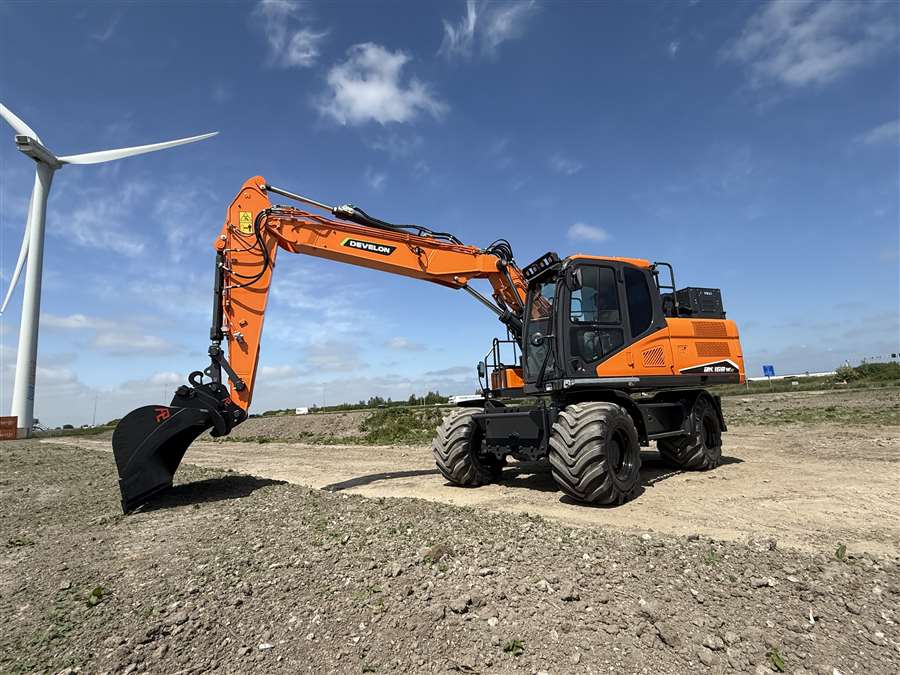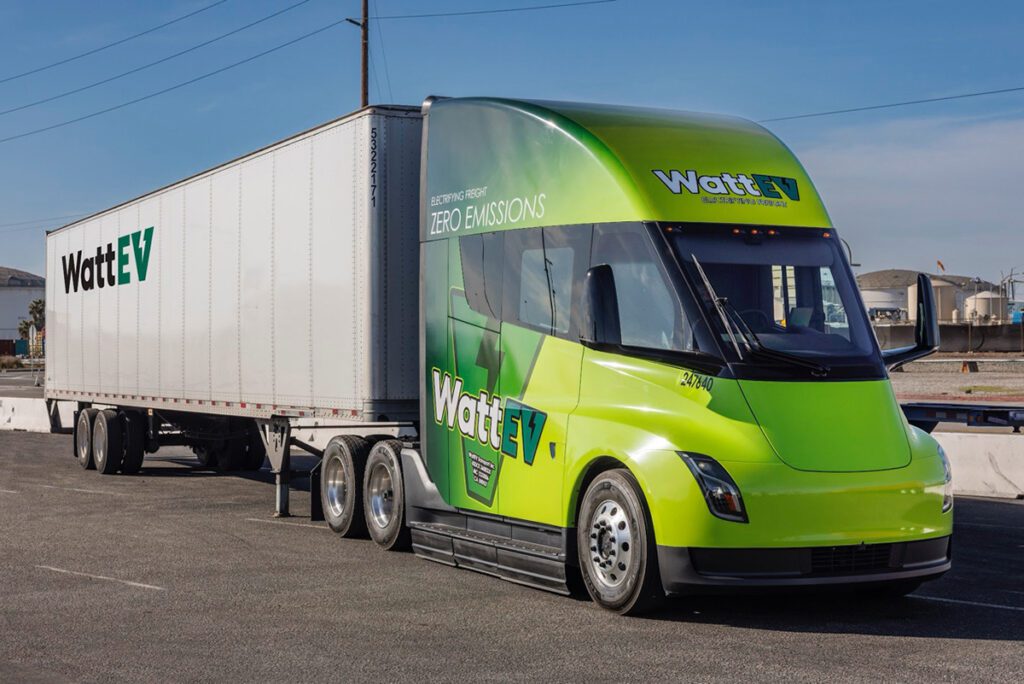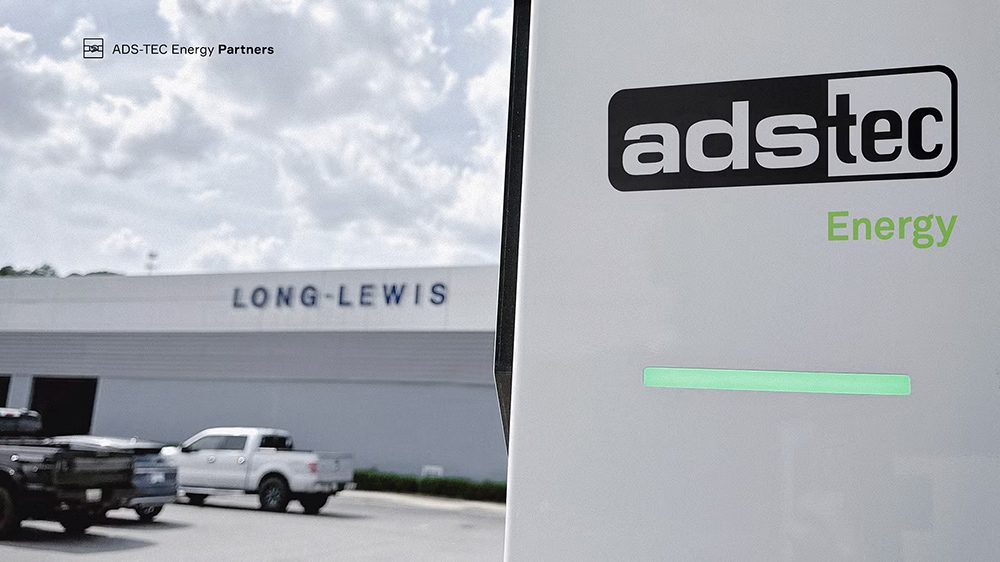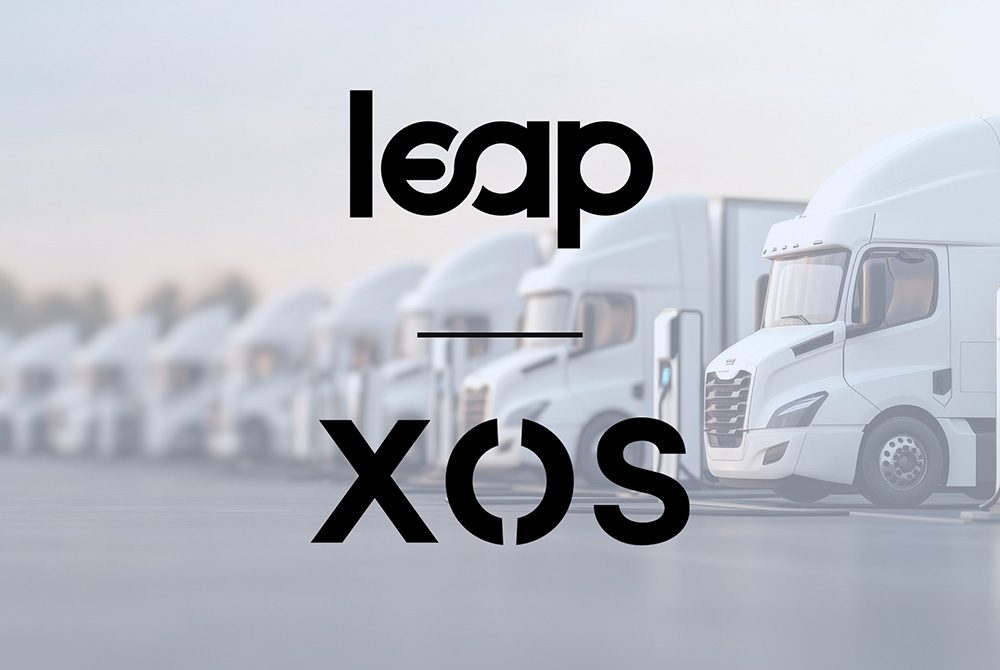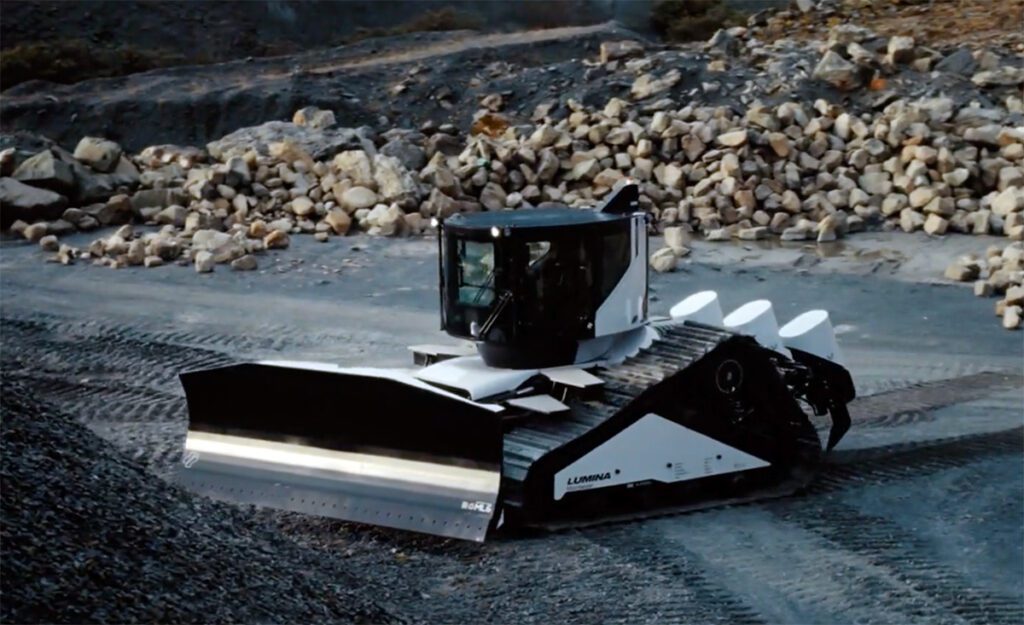Talk about shortening timelines in the auto industry – when Consumer Reports reported that it had found Model 3’s stopping distance to be unacceptably long, Tesla CEO Elon Musk responded within hours, promising to look into the matter and do whatever it takes to improve braking performance.
CR announced that it would not award Model 3 its coveted Recommended rating, mainly because of the new EV’s poor performance in a braking test. “The Tesla’s stopping distance of 152 feet from 60 mph was far worse than any contemporary car we’ve tested and about 7 feet longer than the stopping distance of a Ford F-150 full-sized pickup.”
A Tesla spokesperson quickly responded: “Tesla’s own testing has found braking distances with an average of 133 feet when conducting the 60-0 mph stops using the 18” Michelin all season tire and as low as 126 feet with all tires currently available.”
(Other reviewers, including Motor Trend and Car and Driver, also found much better results in their tests than CR did.)
Elon Musk himself soon tweeted in: “Very strange. Model 3 is designed to have super good stopping distance & others reviewers have confirmed this. If there is vehicle variability, we will figure it out & address. May just be a question of firmware tuning, in which case can be solved by an OTA software update.”
“Even if a physical upgrade is needed to existing fleet, we will make sure all Model 3’s having amazing braking ability at no expense to customers,” Musk continued.
Even if a physical upgrade is needed to existing fleet, we will make sure all Model 3’s having amazing braking ability at no expense to customers
— Elon Musk (@elonmusk) May 22, 2018
Elon Musk later said that the braking issue CR identified could be fixed with a firmware update, which would be rolled out “in a few days.”
Looks like this can be fixed with a firmware update. Will be rolling that out in a few days. With further refinement, we can improve braking distance beyond initial specs. Tesla won’t stop until Model 3 has better braking than any remotely comparable car.
— Elon Musk (@elonmusk) May 22, 2018
Consumer Reports quickly responded that it would be happy to re-evaluate Model 3 if Tesla could address the problem. “From my readings of the tweets, it is clear they are acknowledging the issue and they have the ability to update the vehicle and fix it,” Jake Fisher, CR’s Director of Automotive Testing, told CNBC. “If we see braking distances along the lines of what they are talking about, this will be a recommended model.”
If this does turn out the way everyone wants it to, it will be a major milestone in automotive history: a serious safety issue identified, analyzed and fixed, all within a few days.
Source: Consumer Reports, Electrek, CNBC

